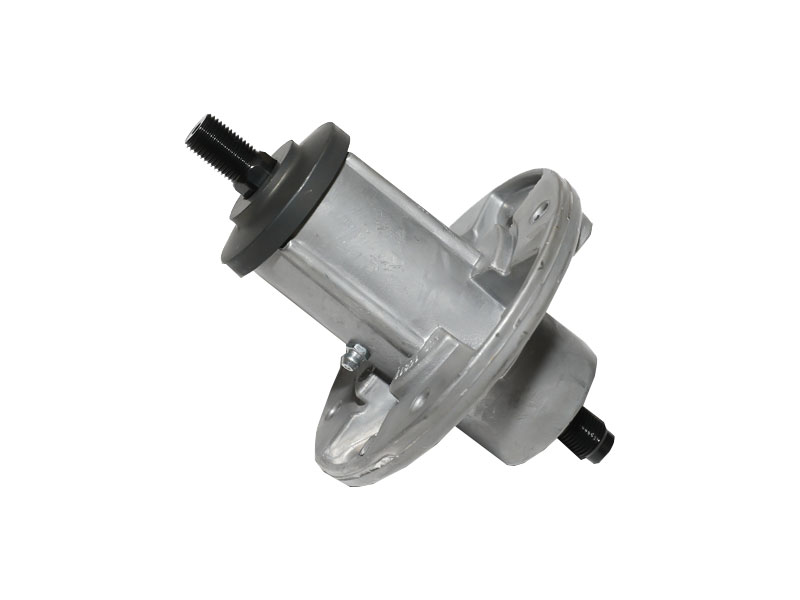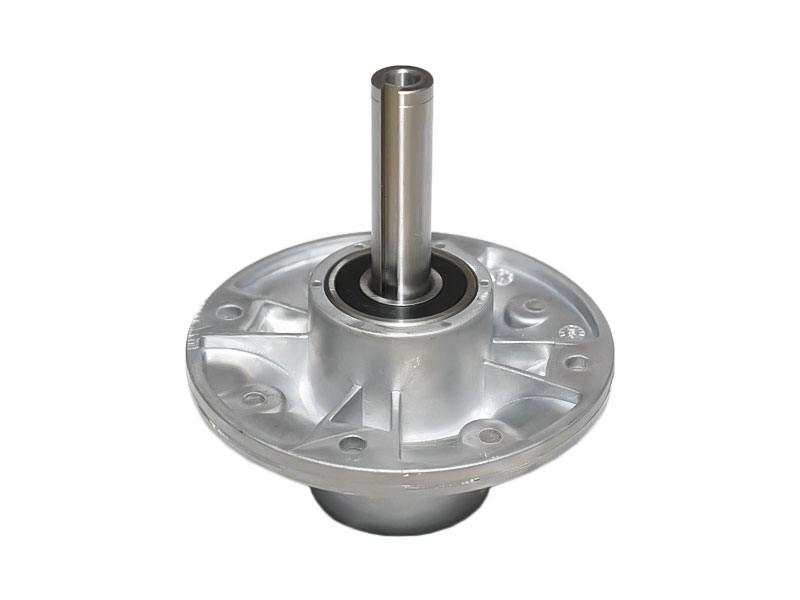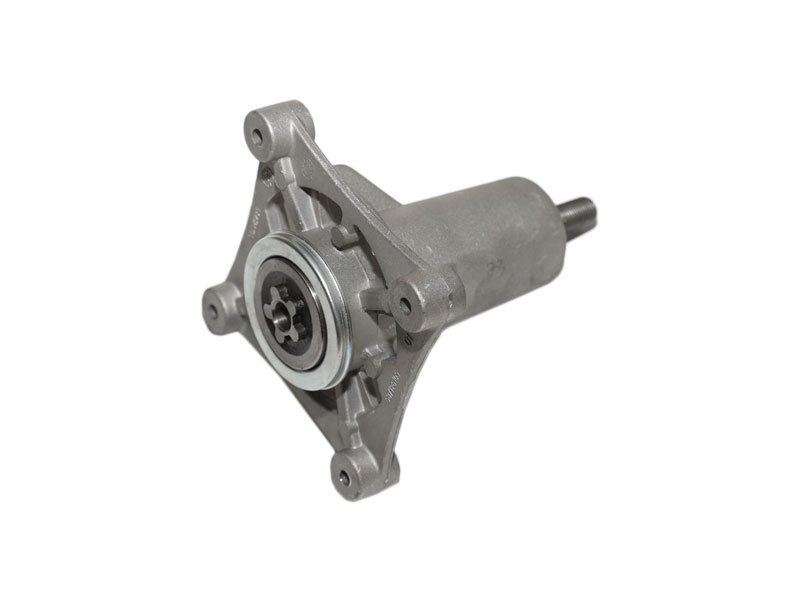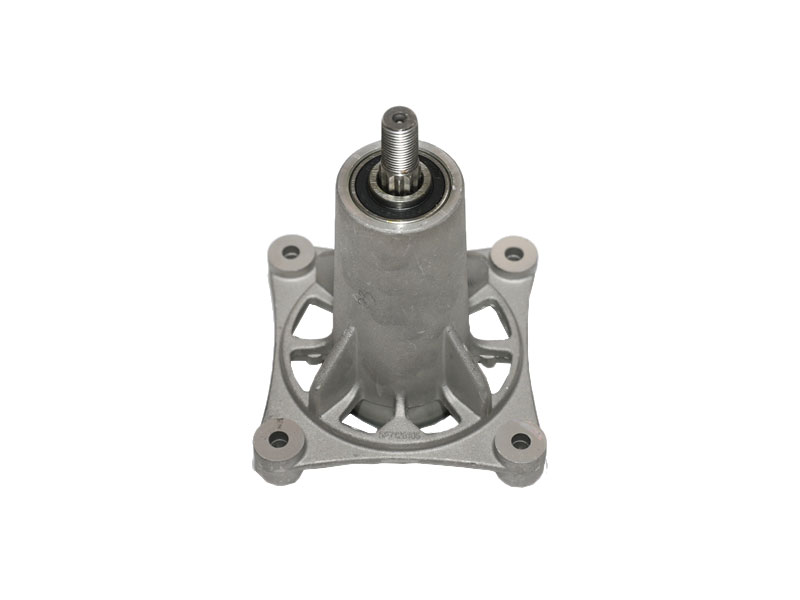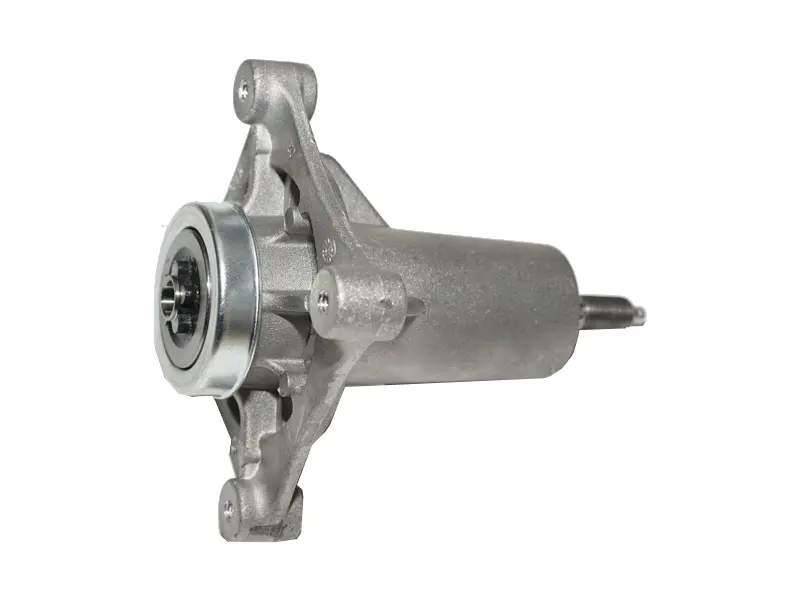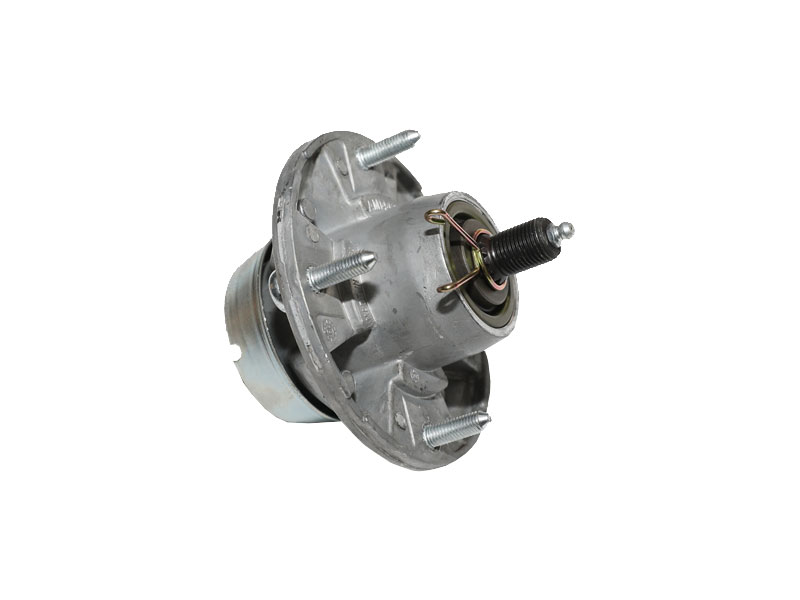Precision spindle assembly parts are critical components in various industrial applications, including machining, automotive, aerospace, and medical industries. These parts play a crucial role in ensuring accurate and reliable operation of the spindle system. Therefore, precise dimensional requirements and tight tolerances are essential for the successful assembly and functioning of precision spindle parts.
The specific tolerance and dimensional requirements for precision spindle assembly parts can vary depending on the specific application, manufacturing process, and customer requirements. However, some general guidelines and standards can be followed to ensure the desired precision and performance of these parts.
1. Tolerances: Tolerances define the allowable variation in dimensions of a part. In precision spindle assembly parts, tight tolerances are necessary to ensure accurate alignment, minimal vibration, and high-quality performance. Tolerances can be specified for various dimensions such as diameter, length, roundness, concentricity, parallelism, angularity, and surface finish.
2. Roundness and concentricity: Since spindles rotate at high speeds, it is important to maintain good roundness and concentricity for the spindle shaft to minimize vibration and runout. Roundness refers to the deviation of the spindle shaft from a perfect circle, while concentricity refers to the alignment of different features along a common axis. Typically, roundness and concentricity requirements are specified in microns.
3. Surface finish: The surface finish of precision spindle assembly parts is crucial for several reasons. First, a smooth surface finish helps reduce friction and wear, thereby improving the lifespan of the spindle assembly. Second, it is important for the accurate functioning of seals and other components that come in contact with the spindle. Surface finish requirements are usually specified in Ra (arithmetical average roughness) or Rz (mean roughness depth).
4. Runout: Runout is the relative displacement of a rotating part's axis from its true center. Excessive runout can result in imprecise machining or poor quality of the machined components. Runout requirements for precision spindle assembly parts should be carefully specified, taking into account the specific application and the level of precision required.
5. Dimensional stability: Precision spindle assembly parts must maintain their dimensions under varying operating conditions, such as temperature changes and mechanical stress. Dimensional stability is critical to ensure reliable and repeatable performance of the spindle system. Suitable materials and heat treatment processes are used to enhance the dimensional stability of these parts.
6. Material selection: The choice of material for precision spindle assembly parts is also crucial for achieving the desired dimensional tolerances and overall performance. Materials with low thermal expansion coefficients, high stiffness, and good machinability are preferred to ensure stability and accuracy.
7. Assembly techniques: To meet the specified dimensional requirements, precision assembly techniques are employed. These techniques may include precise alignment, use of specialized fixtures, controlled temperature environments, and advanced measurement and inspection tools to verify the tolerances and dimensions during and after assembly.
8. Quality assurance: To ensure the dimensional requirements are met consistently, rigorous quality control procedures are implemented. This may include statistical process control, in-process inspections, and final inspections with high-precision measurement equipment to verify the dimensional accuracy and tolerances.
Precision spindle assembly parts require specific tolerance and dimensional requirements to ensure accurate and reliable performance. These requirements encompass tight tolerances, good roundness and concentricity, suitable surface finish, low runout, dimensional stability, proper material selection, precise assembly techniques, and robust quality assurance. Adhering to these requirements ensures that precision spindle assembly parts meet the demanding needs of various industries and applications.
 English
English 中文简体
中文简体 Español
Español svenska
svenska




